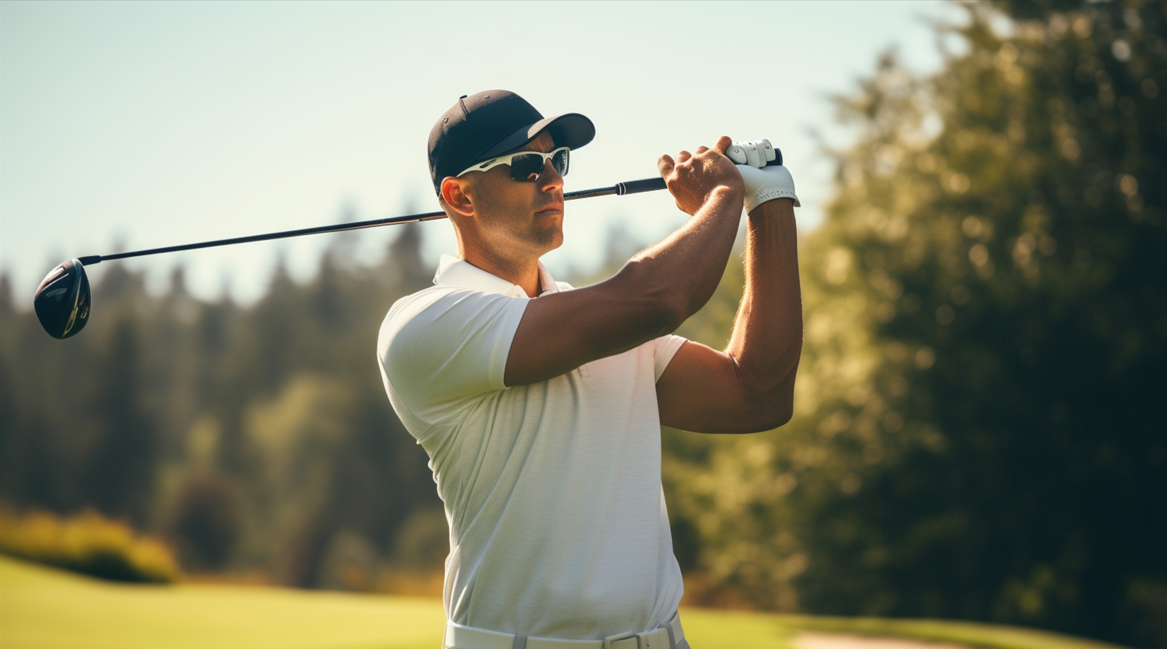
Golfer’s elbow (medial epicondylitis) is an overuse injury caused by repetitive motions that primarily affects the tendons and muscles of the forearm. While common among golfers, this condition can also occur in individuals involved in other repetitive activities, such as tennis players or manual laborers. Based on research, this article explores several effective methods for managing and treating golfer’s elbow, including rest, stretching exercises, physical therapy, and long-term inflammation management.
Methods for Treating Golfer’s Elbow
- Adequate Rest and Activity Modification
The initial treatment for the golfer’s elbow should focus on reducing the strain on the affected muscles and tendons. According to research from the National Institutes of Health (NIH), limiting overuse of the affected area in the short term and avoiding activities that trigger pain can significantly reduce the risk of further inflammation. This helps promote tissue repair and prevents more severe damage.
- Stretching and Strengthening Exercises
A study published in the Journal of Sports Medicine highlights that stretching and strengthening exercises are critical rehabilitation strategies for golfer’s elbow. These exercises help restore flexibility and strength in the forearm muscles, reducing the strain on the elbow. Specifically, strengthening exercises targeting the forearm flexors have been shown to effectively reduce the risk of recurrence and shorten recovery time.
- Physical Therapy and Cold/Heat Therapy
Multiple clinical studies suggest that combining physical therapy with cold and heat therapy can significantly alleviate symptoms of a golfer’s elbow. Cold therapy is beneficial for reducing localized inflammation during the acute phase, while heat therapy promotes blood circulation and accelerates the healing process. These treatments are typically administered under the guidance of a professional physical therapist to ensure optimal results.
- The Role of Braces in Reducing Inflammation
During the recovery process for golfer’s elbow, braces can help stabilize the joint and reduce the excessive pressure placed on the affected area during movement. A study from the Journal of Sports and Rehabilitation Research found that the use of braces effectively minimizes the stress on the elbow tendons caused by repetitive motions and improves blood circulation, thereby reducing ongoing inflammation. Braces also provide patients with adequate protection during daily activities, helping to prevent re-injury.
- The Impact of Exercise on Inflammation Reduction

Conclusion
Although golfer’s elbow is a common overuse injury, it can be effectively managed through various methods. By incorporating rest, stretching and strengthening exercises, physical therapy, and proper use of braces, patients can significantly reduce inflammation, alleviate pain, and prevent recurrence. Consistent exercise and rehabilitation measures are crucial for the long-term management of golfer’s elbow, leading to a successful recovery.
References
- American National Institutes of Health (NIH). “Golfer’s Elbow: Management and Treatment Strategies.”
- Journal of Sports Medicine. “Stretching and Strengthening Exercises for Golfer’s Elbow: A Clinical Study.”
- Journal of Sports and Rehabilitation Research. “The Role of Sports Braces in Reducing Inflammation in Overuse Injuries.”
- Journal of Sports Medicine and Rehabilitation. “The Impact of Aerobic Exercise on Reducing Inflammation: A Controlled Study.”



Share:
Gluteal Muscle Strain Recovery and Inflammation Management
Why Plantar Fasciitis Keeps Coming Back?